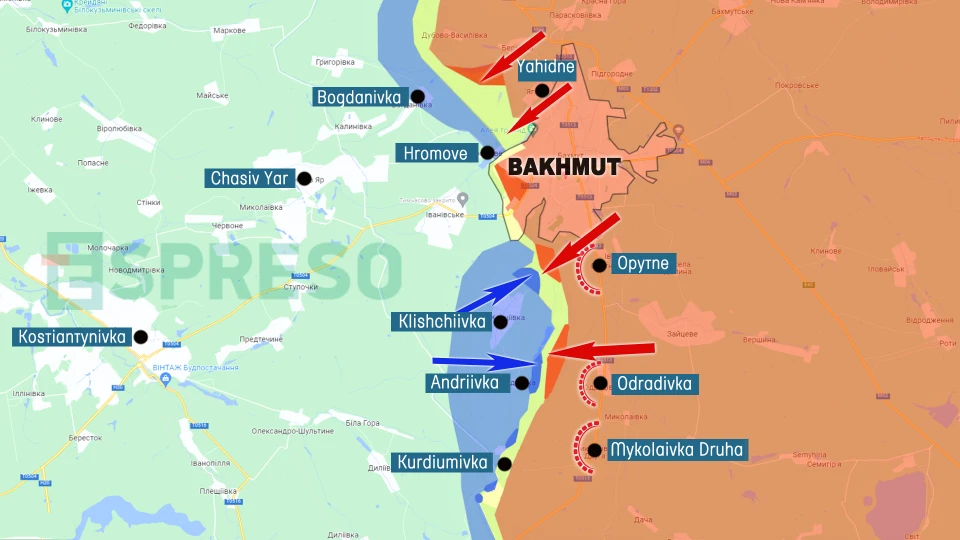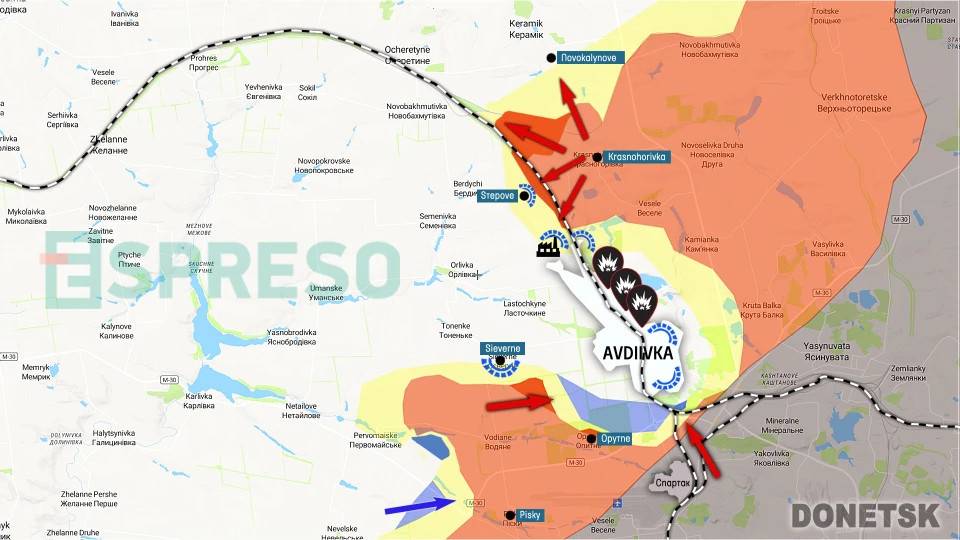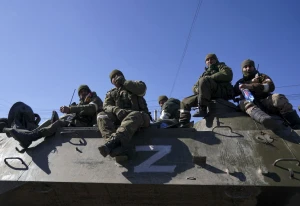
Weather isn't primary factor influencing pace of hostilities – military expert Serhiy Zgurets
In the last 24 hours, the Defense Forces fended off 84 enemy attacks across different regions. This marks a 20-increase from the prior day, even with rain, snow, and frost
Assistance to Ukraine from Western allies
On November 28, the NATO foreign ministers gathered in Brussels to discuss the ongoing situation. Jens Stoltenberg, the Secretary General of the Alliance, highlighted the intense fighting on Ukraine's front line, emphasizing the need to brace for increased battles and missile attacks on Ukrainian cities, so providing continued assistance to Ukraine is crucial.
In the midst of these discussions, President Petr Pavel of the Czech Republic asserted in a recent statement that Europe and NATO have no alternative but to equip Ukraine adequately for restoring control over its borders. Anything less, he warns, would be a setback for Europe. Pavel openly acknowledged that Western military supplies have fallen short for Ukraine to sustain high-intensity operations. "We fell short on our promises to supply Ukrainians with artillery ammunition. F-16 training faced delays, and Ukraine is still waiting for German Taurus missiles, pending Berlin's decision. This supply imbalance and the uncertainty it creates are not conducive to effective military planning," stated Petr Pavel.
Despite the ongoing political uncertainties, which I believe are temporary, particularly regarding support levels from the USA and Germany, our military continues to demonstrate unwavering dedication on the battlefield.
Frontline update
Let's discuss the current situation at the front. Over the past day, our Defense Forces successfully repelled 84 enemy attacks across various areas. This marks an increase of 20 compared to the previous day, despite challenging weather conditions such as rain, snow, and frost. It's evident that the main factor influencing the pace of hostilities is the availability of forces and weapons, mentioned by both NATO Secretary General and the President of the Czech Republic, Petr Pavel.
The Russian invaders are making concentrated efforts to storm two key areas, namely Bakhmut and Avdiivka directions. A total of 50 enemy military attacks were thwarted, with 28 of them occurring in the Bakhmut direction. Commander of the Ground Forces, Oleksandr Syrskyi, noted that the enemy is escalating the use of kamikaze drones along the entire front. Let's delve into the details of the fighting near Bakhmut and examine the tactics involving drones on both sides.
According to Mykola Volokhov, commander of the Terra aerial reconnaissance unit in the 3rd separate assault brigade, the enemy's activity is gradually increasing, even though one might say that they never really decreased it. This is the first winter for our Defense Forces to employ FPV drones, kamikaze drones, large night drones, and various other UAVs on a larger scale during winter operations. Despite encountering initial challenges, such as stormy winds affecting FPV drones, our forces are adapting. Conducting combat operations in winter is exceptionally tough, but we remain committed to our mission.
The leader of the Terra air reconnaissance unit stated that one team comprises 10-15 drones. Launching up to 15 drones in a single day or operation is considered satisfactory, assuming the unit is well-equipped with an ample drone supply. The FPV drone exhibits a one-in-three success rate in target destruction, accounting for factors like enemy EW interference or adverse weather conditions leading to some drones not reaching their destination. Despite being comparably effective to the Russian Lancets, these FPV drones are more cost-effective. The brigade typically deploys around a thousand FPV drones monthly, but maintaining a reserve and strategic backup is essential.
Following Mykola Volokhov's remarks, it's noteworthy that the Terra aerial reconnaissance unit welcomes financial support through their website. Contributions will be allocated to acquiring FPV drones for use against adversaries. The website showcases numerous videos illustrating the effectiveness of our defenders in neutralizing enemy personnel and equipment.
Now we will delve into other front-related aspects and events surrounding the ongoing war.
Viktor Kevlyuk, a military expert from the Center for Defense Strategies and a reserve colonel in the Ukrainian Armed Forces, observed that the current front-line situation lacks significant activity. In November, specific events unfolded as follows: In the Kupyansk direction, the enemy's 25th and 138th brigades faced unsuccessful attempts to advance towards Synkivka over the past month. The 15th regiment of the 2nd Motorized Rifle Division of the adversary is engaged in combat near Pershotravneve, achieving an advance of approximately 2 km. Our strongholds between Orlyanka and Yahidne were captured by the 26th tank regiment of the 47th tank division. Defense Forces successfully pushed back the invader between Raigorodka and Novoyehorivka, reclaiming about half a kilometer of territory. To stabilize the situation, the enemy relocated the 380th motorized rifle regiment to the Raigorodka area.
He continued talking about the Berdyansk direction, where Russian units came from Sakhalin Island. They counterattacked in the Staromayorske area, making progress. In the Tokmak direction, our units from the Tavria operational-strategic group of troops advanced toward Kopani, pushing the enemy's 136th brigade out of its position. The enemy's 247th airborne assault regiment also retreated from the height of 140 to Verbove, taking defensive positions. The advance is inconsistent, moving 200-500 meters in one direction, then the other.
He also pointed out that the situation in the Bakhmut region is more intriguing. The enemy, after capturing the city, created a 24 km by 13 km ledge. If the command of the Khortytsia operational-strategic group of troops makes two strikes from the north and south toward Pokrovske, they can surround a significant enemy group currently in combat in Bakhmut. The enemy command is aware of this, with two enemy airborne divisions north of Bakhmut attempting to push our troops beyond the Berkhivka Reservoir. To the south, the invader is trying to displace our troops from positions near Klishchiivka and Andriivka.

Kevliuk stressed that Avdiivka remains the most tense area, with 14 enemy attacks reported in just the past day. The 1st Army Corps of the 8th Combined Arms Army of the Russian Federation is making a significant effort to capture Avdiivka. They are directing their attacks towards Novokalynove, Stepove, the coke plant, attempting to breach the eastern and southern outskirts, and gain access to Pervomaiske. To the south, near Marinka and Novomykhailivka, two enemy divisions are engaged in unsuccessful attempts to advance into the Avdiivka region.

That's the update for now.
- News











































